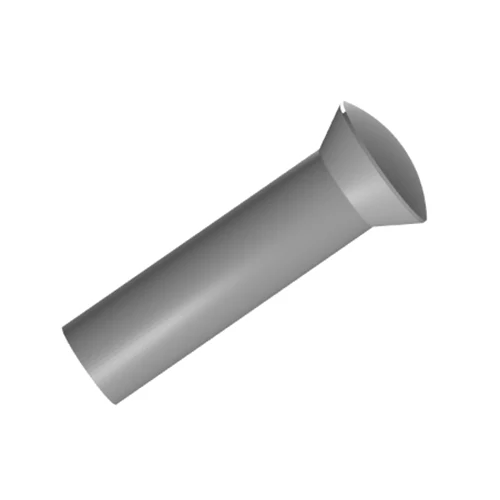Small Cup Head Rivets
Send Inquiry
Small cup head rivets use different materials based on what they’re doing:
Regular steel (common grades): Holds up under heavy factory use.
Stainless steel (types A2/A4): Won’t rust, so docks or chemical plants toss ’em in.
Aluminum mixes (like 5056/6061): Light but sturdy – plane makers love these.
Copper/brass: Your pick if they need to carry electricity.
Heat-proof stuff (Inconel): For when things get stupid hot.

How to properly maintain and service
To ensure that your small cup head rivets can remain in good condition as much as possible, regular maintenance is very important.
1. Regularly inspect to see if there is any rust or wear.
2. Use a mild solvent (rather than a rough one) to clean the surface and remove any dirt.
3. If you are in a saline or alkaline environment or near chemical substances, you can spray some preservatives to prevent rusting.
4. Do not apply more pressure than the rated load - overloading may cause problems.
5. If you find that a rivet is damaged, replace it immediately to prevent the connection from failing.
6. For any damage or scratches on the coating, repair them to maintain the protective effect.
7. Store in a dry and temperature-controlled place to prevent damage.
Following the manufacturer's instructions will help them work properly throughout their use and delay the service life.
Product parameters

FAQ
Q: How do small cup head rivets compare to countersunk rivets in terms of aerodynamics?
A: Small cup head rivets stick out a bit from the surface, while countersunk rivets lie flat. That’s why countersunk ones are better for places where air flow matters a lot, like the outside of airplanes. But cup head rivets are stronger when it comes to shear force (pulling apart) and are easier to check if they’re holding up. In areas where air flow isn’t the main concern—like inside panels—their durability is usually more important than the tiny bit of extra drag they might cause. If you need a mix, there are semi-countersunk cup head rivets that sort of split the difference. Talk to your supplier about what’s most important for your design to balance how they work and what you need.













